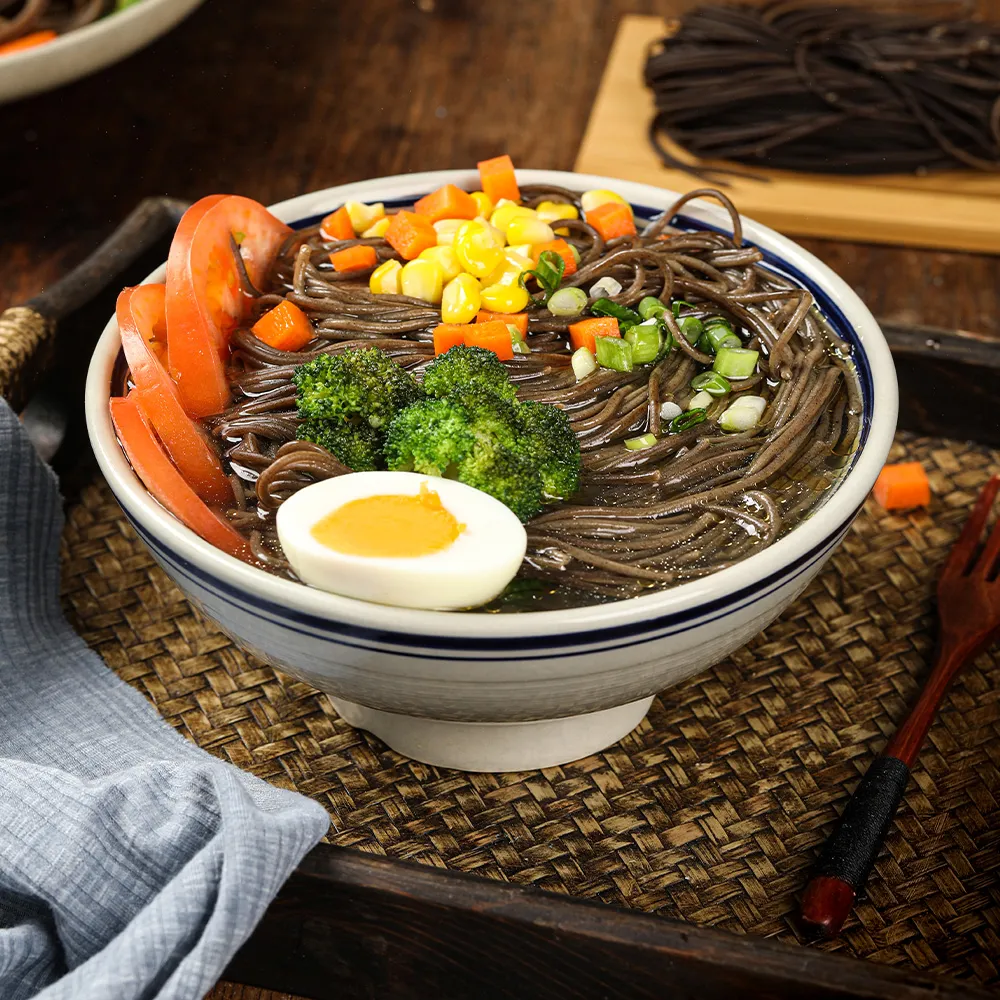hand made udon
The Art of Handmade Udon A Culinary Journey
Udon, a beloved traditional Japanese noodle, is more than just a dish; it's a cultural experience that embodies the spirit of craftsmanship and dedication. As the culinary world increasingly embraces authenticity, the popularity of handmade udon has surged. This article will explore the art of creating handmade udon, focusing on its history, methodology, and the joy it brings to both the maker and the eater.
A Brief History of Udon
Udon noodles date back to the 9th century, with origins believed to be in China before they made their way to Japan. Initially served in a broth or as part of a noodle dish, udon has evolved significantly over the centuries. Unlike other types of noodles, udon is thick, chewy, and made from wheat flour, water, and salt. Its distinct texture makes it versatile, able to absorb the flavors of accompanying broths or sauces while maintaining its unique essence.
The Joy of Handmade Udon
The process of making udon is a time-honored tradition passed down through generations. While many enjoy buying pre-packaged noodles for convenience, handmade udon offers a depth of flavor and texture that is unmatched. The tactile experience of kneading the dough and cutting the noodles can be incredibly satisfying, fostering a connection between the chef and the culinary craft.
Ingredients Matter
To start the journey of making handmade udon, one needs just three simple ingredients high-quality wheat flour, water, and salt. The choice of flour is crucial; a high-protein flour will create a firmer texture, while a softer flour yields a more delicate noodle. The water, ideally slightly warm, helps to hydrate the dough and activate the gluten, contributing to the chewy consistency that udon is known for. Salt not only enhances flavor but also strengthens the dough and helps in the development of gluten.
The Process of Making Udon
hand made udon

Creating handmade udon involves several steps, each requiring patience and care. First, the flour and salt are combined in a mixing bowl. Gradually, water is added, and the mixture is agitated until it forms a shaggy dough. The kneading process follows, where the dough is repeatedly folded and pushed, developing gluten and giving the noodles their desirable texture.
Once kneaded, the dough needs to rest for about an hour. This resting period allows the gluten to relax, making it easier to roll out later. After resting, the dough is rolled into a flat sheet and cut into thick noodles. The width can vary based on personal preference, but traditional udon noodles typically measure about 6-8 mm.
Cooking the Udon
Cooking handmade udon is as simple as boiling them in water until they float, generally around 8 to 12 minutes, depending on the thickness. Once cooked, they should be rinsed under cold water to stop the cooking process and remove excess starch. This step is crucial to prevent the noodles from becoming gummy and ensures they maintain their chewy consistency.
Enjoying Your Handmade Udon
The beauty of handmade udon is that it can be enjoyed in various ways. Traditionally, udon is served in a savory broth as a noodle soup, topped with ingredients such as green onions, tempura, and kamaboko (fish cake). Alternatively, it can be enjoyed cold, served with a dipping sauce known as tsuyu, complemented by vegetables and shrimp tempura.
What truly makes handmade udon special is the personal touch that comes with each batch. Whether made for a family gathering, a special occasion, or simply for oneself, the act of preparing udon serves as a reminder of the importance of tradition, patience, and community in our fast-paced lives.
Conclusion
Handmade udon is not merely a culinary endeavor, but an exploration of culture, tradition, and connection. As more people seek to reconnect with their food and the stories behind it, mastering the craft of udon-making offers a fulfilling journey. So next time you're in the mood for comfort food, consider rolling up your sleeves and trying your hand at crafting this remarkable noodle. You may discover that the process is as rewarding as the delicious dish that results from your efforts.
-
Unleash Your Inner Chef with Delectable Italian Pasta CreationsNewsAug.01,2025
-
Savor Health and Flavor: Irresistible Soba Noodles for Sale Await!NewsAug.01,2025
-
Nourish Your Body with Premium Organic Ramen - A Culinary Delight AwaitsNewsAug.01,2025
-
Elevate Your Dishes with Our Exquisite Kinds of Egg NoodlesNewsAug.01,2025
-
Dive into Flavorful Convenience with Our Ramen OfferingsNewsAug.01,2025
-
Discover Exquisite Types of Naengmyeon and Chilled Soba NoodlesNewsAug.01,2025
-
Is Whole Wheat Pasta Healthy?NewsMay.30,2025
Browse qua the following product new the we

















































































































